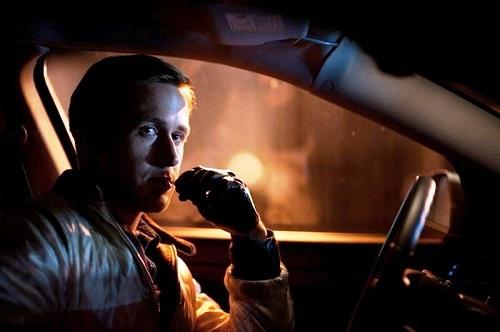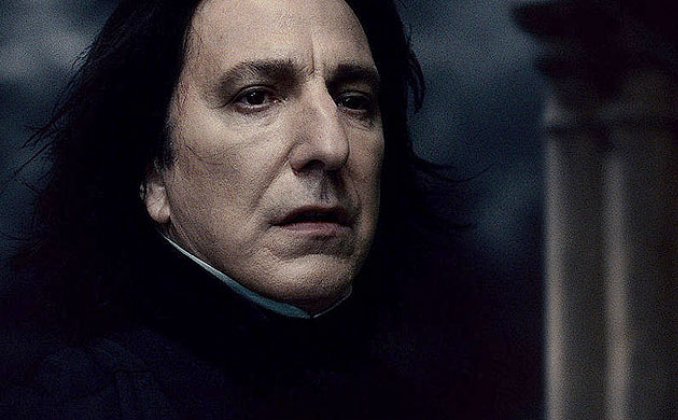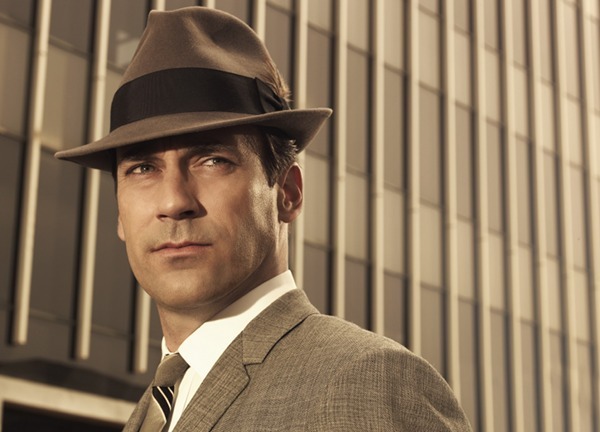I’m often painted as the bad guy, and the artistic part of me wants to hand out the brush” – Criss Jami, Killosophy
Everyone loves a hero, like Hercules or Superman, who is pure of heart, fights for the good of everyone and always prevails. However, over time these types of characters can become mundane, their victories predictable and hollow. The audience knows the hero can never be defeated so they yearn for more to sink their teeth into. Enter the anti-hero.
The anti-hero is someone who is a protagonist but is lacking traditional heroic qualities. They will still have good intentions at heart for the most part but are afflicted by hamartia, a flaw in their character which dramatically complicates matters.
In some video games, a player can be asked to choose their character’s alignment; lawful good, true neutral, neutral evil etc. An anti-hero would be classed as chaotic good, a person who will achieve their goals without regard for authority or law.
Because of the distinct character tics that anti-heroes possess they can be significantly more intriguing than a traditional hero who can do no wrong. This is because readers can connect with and relate to the anti-hero on a basic human level. They are how we often envision ourselves, and so they draw us in.
So how does one create an effective anti-hero and what are some examples? Here are 3 tactics to keep in mind when writing an anti-hero.
Don’t have time to read the whole post right now?
No problem. Let us send you a downloadable PDF so you can read it when it’s convenient for you…
1. Flaws
 There are many different ways that the anti-hero can raise the ire of the audience.
There are many different ways that the anti-hero can raise the ire of the audience.
- They might be short of moral fibre, with their idea about the right way to do things decidedly different to everyone else’s. This is often the case with detective anti-heroes. The line between police and criminal blurs. An example here would be Inspector Rebus, in Ian Rankin’s novels, who is a borderline alcoholic and is forever being reprimanded for misconduct.
- Self-doubt may paralyse them into constant failure. When the time comes to prove themselves or help those around them, they are unable to. A good example of this is Ron Weasley in the Harry Potter series. Time and time again Ron miscasts spells or loses his nerve.
- They may have a massive chip on their shoulder, frowning upon the world. This gives them a cantankerous attitude towards the people around them. Hester Shaw from Mortal Engines personifies this with her fierce and often violent temper.
- Foolhardy anti-heroes bumble along with positive intent but their actions are often laughable. A classic example is Don Quixote who was following a near impossible vision.
- An anti-hero is sometimes an actual criminal but one who wants to be a better person than they are. A personal favourite is Driver in Drive by James Sallis which was made into a masterful film of the same name.
Get Your Free Fiction Writing Download Bundle Now
Containing over 20,000 words in total, the bundle is packed with advice on getting your novel planned, written, edited and published. Plus, join our email list to stay up-to-date.
2. Noble Intentions
 Be careful not to push the envelope too far. Instil your character with too many undesirable traits and you risk getting the reader offside or even worse, turning your anti-hero into an outright villain. If your character traipses around hurting people or behaving badly without reason then they are not an anti-hero and the audience will fail to emphasise with them. Even if they are seen to be working on the side of evil, such as Severus Snape in Harry Potter, they must have hidden agendas for good and show enough glimpses of this to keep them balanced.
Be careful not to push the envelope too far. Instil your character with too many undesirable traits and you risk getting the reader offside or even worse, turning your anti-hero into an outright villain. If your character traipses around hurting people or behaving badly without reason then they are not an anti-hero and the audience will fail to emphasise with them. Even if they are seen to be working on the side of evil, such as Severus Snape in Harry Potter, they must have hidden agendas for good and show enough glimpses of this to keep them balanced.
There are many characters who tread a fine line between hero and villain. A very complicated anti-hero is Sula Peace in Sula by Toni Morrison. She is seen as the personification of evil by her hometown when she returns after a long absence. Her apparent disregard for social conventions have the town seething but little do they realise she is actually bringing the town together and improving their lives.
Another quintessential case is Bruce Robertson in Filth by Irvine Welsh. He is an alcoholic, drug addicted, violent, manipulative, masochistic, narcissistic man. A truly vile character that has the saving graces of being a law enforcement officer. He is slightly redeemed by the motivation he has for his family and there is sympathy to be found in his plight. This brings us to the next consideration.
Stay up to date with the most popular posts on Writer’s Edit.
3. Redeeming Features
 As much as the audience might be frustrated by the anti-hero they must also be delighted, charmed, or moved for the character to be a successful literary feature. Similarly to flaws, there are multiple avenues to explore in order to get the audience behind the heroes back.
As much as the audience might be frustrated by the anti-hero they must also be delighted, charmed, or moved for the character to be a successful literary feature. Similarly to flaws, there are multiple avenues to explore in order to get the audience behind the heroes back.
- An easy way to redeem your character is to give them a great sense of humour, be it dry wit, scathingly clever sarcasm, or more outlandish comedy. If the character can make the reader laugh they can’t be all bad. Arthur and Ford from The Hitchhikers Guide to the Galaxy qualify here.
- The anti-hero can be decidedly charming and reassuring such as Jay Gatsby from The Great Gatsby who is living the American dream despite lying about everything.
- They can be dashingly handsome and attractively dark. Think Don Draper in Mad Men.
- They can even be quite brave to make up for other weaknesses. Bilbo in The Hobbit is greedy and his will is unable to withstand the ring causing him to retreat from Gandalf’s confidence but he is the most courageous of the party.
Put ‘simply’ the anti-hero is incredibly conflicted and complicated. Some of their actions would ordinarily mark them as evil but at heart they are always good. It is a difficult and nuanced task to create the perfect anti-hero. Push too far one way and you are left with a more one dimensional character which the audience will find either; too pure and thus boring or too vile and thus inaccessible.
Further Reading
You can read a complementary article on creating ’round characters’ by Kyra Bandte here.
Here is a list of all the texts mentioned above (with a bonus extra) to provide plenty of valuable insight into anti-heroes.
- The Hitchhiker’s Guide to the Galaxy (1979) by Douglas Adams
- The Great Gatsby (1925) by F. Scott Fitzgerald
- Sula (1973) by Toni Morrison
- Inspector Rebus novels (1987-2013) by Ian Rankin
- Mortal Engines (2001) by Phillip Reeve
- Harry Potter series (1997- 2007) by J. K. Rowling
- The Ingenious Gentleman Don Quixote of La Mancha (1612) by Miguel de Cervantes Saavedra
- Drive (2005) by James Sallis
- Olive Kitteridge (2008) by Elizabeth Strout
- The Hobbit (1937) by J. R. R. Tolkien
- Filth (1998) by Irvine Welsh